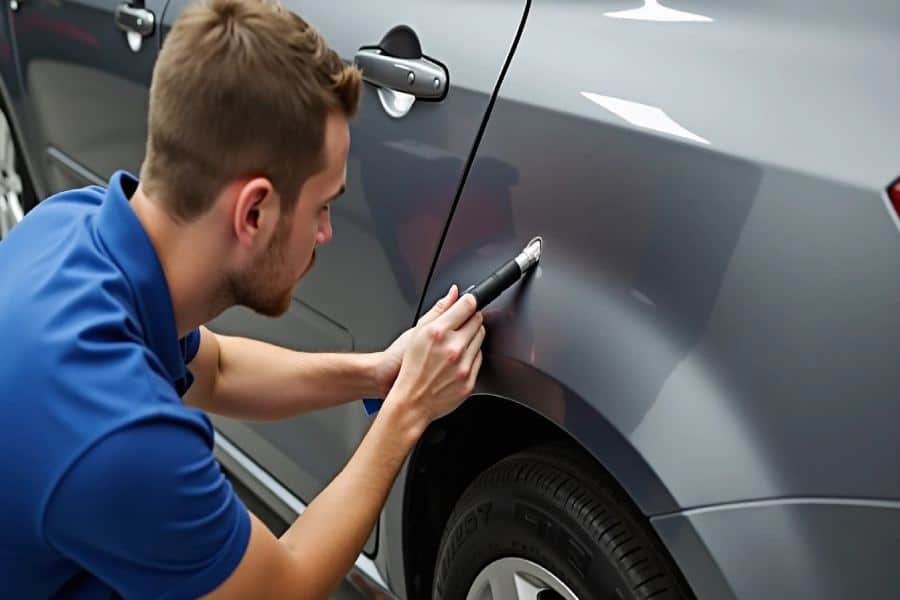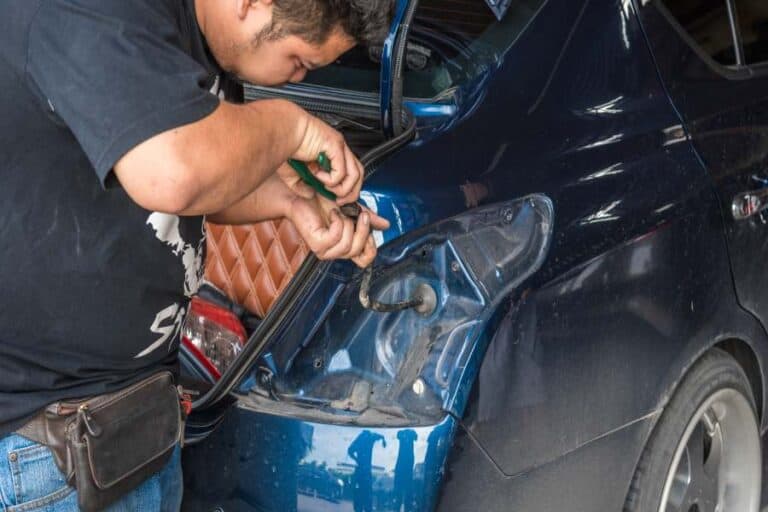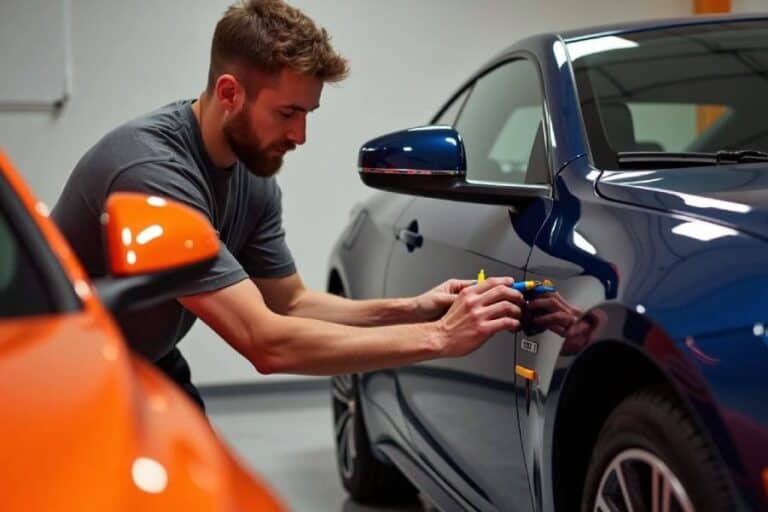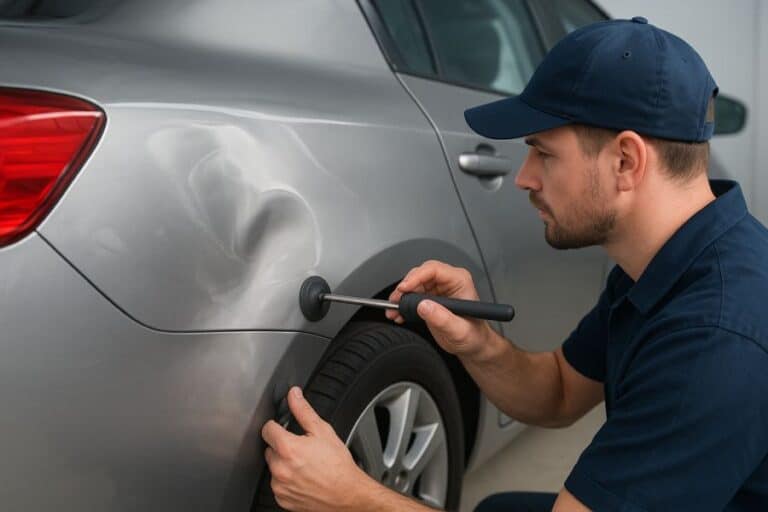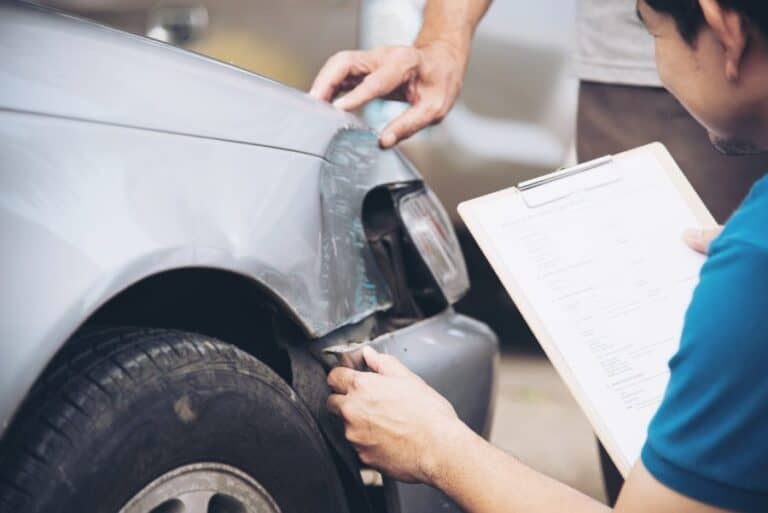Restoring Perfection: Paintless Dent Repair That Revives Hail-Damaged Vehicles
Hail can wreak havoc on cars, resulting in unsightly dents that diminish both their look and worth. Many car owners find conventional repair methods — like sanding, filling, and repainting — too intrusive, expensive, and lengthy. Thankfully, there’s an increasingly popular solution: Paintless Dent Repair (PDR). This cutting-edge approach is transforming the auto repair industry by providing an efficient and non-invasive way to fix hail damage while maintaining the vehicle’s original factory paint.
Understanding Paintless Dent Repair (PDR)
Paintless Dent Repair (PDR) is a unique technique aimed at eliminating dents from car panels while preserving the paint. This approach is particularly useful for addressing hail damage, which often consists of shallow and dispersed dents. In contrast to conventional repair techniques that require body fillers and repainting, PDR focuses on gently manipulating the metal from behind the panel to bring it back to its original form.
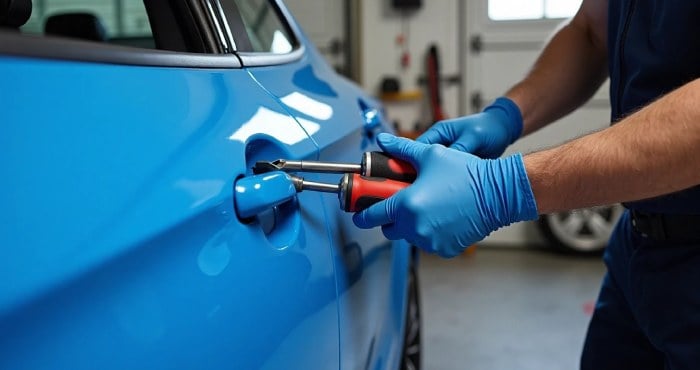
Technicians skilled in PDR use specialized tools, advanced lighting, and years of experience to accurately pinpoint the center and fix the dent by carefully reshaping the metal. The result is a flawless finish that makes it look like the vehicle was never damaged.
PDR: The Ideal Solution for Hail Damage
Hail can cause numerous small to medium-sized dents on various parts of a vehicle, including the hood, roof, trunk, and side panels. Paintless Dent Repair (PDR) is particularly effective for addressing this kind of extensive damage for several important reasons:
Non-Invasive Technique
PDR avoids the need for sanding, applying body fillers, or repainting, allowing the original factory finish to stay undisturbed. This preservation is crucial for maintaining both the structural integrity and resale value of the vehicle.
Budget-Friendly
By removing the need for repainting and refinishing, Paintless Dent Repair (PDR) provides a more affordable car dent repair option than traditional body shop methods. Recognizing its cost-effectiveness, many insurance providers fully cover PDR for hail damage claims.
Quick Service
As there’s no requirement for paint drying or extensive manual work, most PDR jobs related to hail damage can typically be completed within hours or days, rather than taking weeks.

Eco-Conscious Choice
PDR does not involve the use of chemicals, paints, or body fillers, making it an environmentally friendly option that minimizes waste and lessens the ecological footprint associated with traditional repair processes.
The PDR Process: Step by Step
1. Evaluation and Quotation
The technician conducts a comprehensive examination of the vehicle under specialized lighting to detect all dents. A detailed quotation is generated, and if the repairs fall under insurance coverage, necessary paperwork is prepared for the claims process.
2. Accessing the Damage
To carry out PDR, the technician must reach the rear side of the dented body panels. This might require removing elements such as interior trim, headliners, or other components, ensuring that no parts are damaged during the removal process.
3. Accurate Repair
The PDR repair process involves using specialized tools like rods, picks, and adhesive glue tabs. Technicians carefully work on the dented metal from behind the panel or pull it from the front, applying controlled pressure to restore the panel to its original shape.
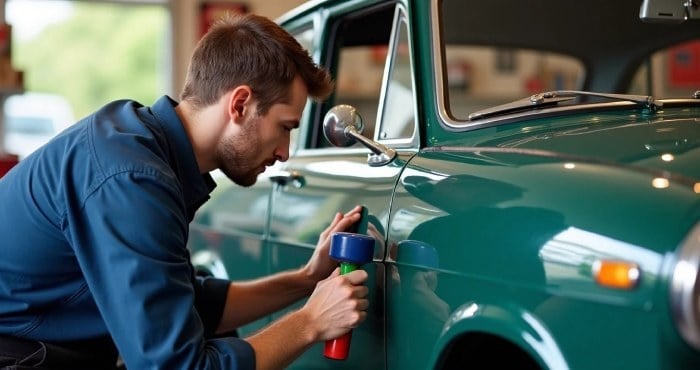
4. Final Touches
After the dents have been eliminated, the affected area is polished to eliminate any surface imperfections. The vehicle is then reassembled, cleaned, and inspected to guarantee a perfect finish.
Insurance and PDR: What Vehicle Owners Should Know
Many vehicle owners do not realize that comprehensive auto insurance usually covers hail damage. Most leading insurance companies not only accept but often favor paintless dent repair (PDR) because it is more economical and helps maintain the car’s original value compared to traditional repair techniques.
If your car suffers hail damage, it’s crucial to act quickly by filing a claim within your insurer’s required timeframe. Gather multiple estimates for the repairs, even if your insurance company suggests a specific shop. When discussing repair options, ask the facility whether auto body dent repair using Paintless Dent Repair (PDR) is suitable for your vehicle, as some shops may automatically opt for traditional methods unless you specifically request PDR.
Limitations of PDR

While paintless dent repair (PDR) is highly effective, it isn’t ideal for every hail damage situation. Severe dents, sharp creases, or areas where the vehicle’s paint is chipped or cracked may require traditional repair methods. Additionally, some dents may be inaccessible from behind due to the vehicle’s structural design, making standard PDR techniques impractical.
However, skilled PDR technicians can often work around these limitations. They may combine repair methods or use “push-to-paint” techniques—where PDR minimizes the damage before a final paint application—to reduce the need for heavy fillers and preserve more of the original panel structure.
Choosing the Right PDR Technician
The effectiveness of Paintless Dent Repair (PDR) largely relies on the expertise and proficiency of the technician. When choosing a service, consider the following:
- Qualified Technicians: Seek out professionals who hold certifications from recognized bodies such as Vale or NAPDRT.
- Portfolio of Work: Trustworthy repair shops typically showcase examples of their previous work to demonstrate the standard of their repairs.
- Client Testimonials: Checking online reviews is an excellent method to assess the credibility of a repair shop.
- Guarantees: A reliable PDR provider should offer a satisfaction guarantee or warranty to stand behind their services.
Long-Term Benefits of PDR
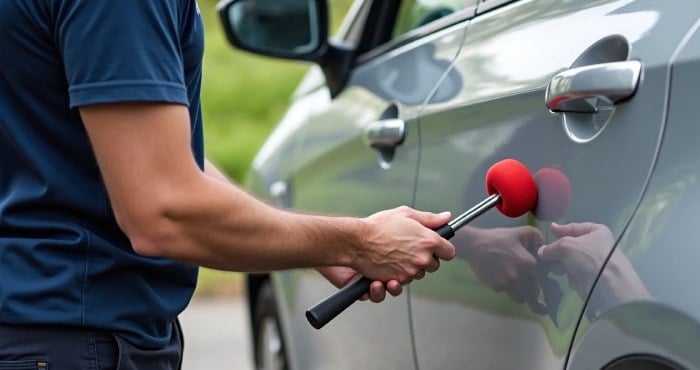
Choosing Paintless Dent Repair (PDR) for hail damage goes beyond quick fixes; it represents a commitment to the lasting health of your vehicle. Here are some advantages:
- Preserving Resale Value: A vehicle that retains its original paint and shows no noticeable paint damage is likely to command a better price when resold.
- Keeping Factory Warranty Intact: As long as no aftermarket paint is applied, the original warranties are usually still in effect.
- Reassurance: Being aware that the repairs were made without affecting the car’s structural integrity or visual appeal offers peace of mind and confidence.
A Smarter Way to Restore
While hailstorms may be erratic, your decision for repairs can be straightforward. Paintless Dent Repair offers a contemporary, effective, and cost-efficient solution for returning hail-damaged cars to their former condition. This technique combines advanced technology with skilled artistry to achieve flawless outcomes while preserving your vehicle’s integrity and worth.

